How to Determine the "EMISSIVITY" of an object
Emissivity is the measure of an objects ability to absorb, transmit and emit infrared energy. It can have a value from "0" (shiny mirror) to "1.0" (blackbody). If a higher than actual value of emissivity is set in a sensor, the output will read low, provided the target temperature is above ambient. For example, if 0.95 is set in and the actual emissivity is 0.9, the reading will be lower than the true temperature when the target temperature is above ambient.
The emissivity can be determined by one of the following methods, in order of preference:
- Determine the actual temperature of the material using a sensor such as an RTD, thermocouple or another suitable method. Next, measure the object temperature and adjust the emissivity setting until the correct value is reached. This is the correct emissivity for the measured material.
- For relatively low temperature (up to 500 Deg F or 260 Deg C) objects, place a piece of tape, such as electrical or masking, on the object - large enough to cover the field of view. Next, measure the tape temperature using an emissivity setting of 0.95. Finally, measure an adjacent area on the object and adjust the emissivity setting until the same temperature is reached. This is the correct emissivity for the measured material.
- If a portion of the surface of the object can be coated, use a dull black paint, which will have an emissivity of about 0.98. Next, measure the painted area using an emissivity setting of about 0.98. Finally, measure an adjacent area on the object and adjust the emissivity setting until the same temperature is reached. This is the correct emissivity for the measured material.
The following table provides a brief reference guide for determining emissivity and can be used when one of the above methods is not practical. Emissivity values shown in the table are approximate, since several parameters may effect the emissivity of an object. These include the following:
- Temperature
- Angle of measurement
- Geometry (plane, concave, convex. etc.)
- Thickness
- Surface Quality (polished, rough, oxidized, sandblasted)
- Spectral region of measurement
- Transmissivity (i.e., thin film plastic)
Typical Emissivity Values for Metals
| Material |
1.0um |
2.2um |
3.9/5.0um |
8-14um |
| Aluminum |
Unoxidized
Oxidized
Alloy A3003, Oxidized
Roughened
Polished |
0.1-0.2
0.4
---
0.2-0.8
0.1-0.2 |
0.02-0.2
0.2-0.4
0.4
0.2-0.6
0.02-0.1 |
0.02-0.2
0.2-0.4
0.4
0.1-0.4
0.02-0.1 |
0.02-0.1
0.2-0.4
0.3
0.1-0.3
0.02-0.1 |
| Brass |
Polished
Burnished
Oxidized |
0.8-0.95
---
0.6 |
0.01-0.05
0.4
0.6 |
0.01-0.05
0.3
0.5 |
0.01-0.05
0.3
0.5 |
| Chromium |
|
0.4 |
0.05-0.3 |
0.03-0.3 |
0.02-0.2 |
| Copper |
Polished
Roughened
Oxidized |
0.05
0.05-0.2
0.2-0.8 |
0.03
0.05-0.2
0.7-0.9 |
0.03
0.5-0.15
0.5-0.8 |
0.03
0.5-0.1
0.4-0.8 |
| Gold |
|
0.3 |
0.01-0.1 |
0.01-0.1 |
0.01-0.1 |
| Haynes |
Alloy |
0.5-0.9 |
0.6-0.9 |
0.3-0.8 |
0.3-0.8 |
| Inconel |
Oxidized
Sandblasted
Electropolished |
0.4-0.9
0.3-0.4
0.2-0.5 |
0.6-0.9
0.3-0.6
0.25 |
0.6-0.9
0.3-0.6
0.15 |
0.7-0.95
0.3-0.6
0.15 |
| Iron |
Oxidized
Unoxidized
Rusted
Molten |
0.4-0.8
0.35
---
0.35 |
0.7-0.9
0.1-0.3
0.6-0.9
0.4-0.6 |
0.6-0.9
0.05-0.25
0.5-0.8
--- |
0.5-0.9
0.05-0.2
0.5-0.7
--- |
| Iron, Cast |
Oxidized
Unoxidized
Molten |
0.7-0.9
0.35
0.35 |
0.7-0.95
0.3
0.3-0.4 |
0.65-0.95
0.25
0.2-0.3 |
0.6-0.95
0.2
0.2-0.3 |
| Iron, Wrought |
Dull |
0.9 |
0.95 |
0.9 |
0.9 |
| Lead |
Polished
Rough
Oxidized |
0.35
0.65
--- |
0.05-0.2
0.5
0.3-0.7 |
0.05-0.2
0.4
0.2-0.7 |
0.05-0.1
0.4
0.2-0.6 |
| Magnesium |
|
0.3-0.8 |
0.05-0.2 |
0.03-0.15 |
0.02-0.1 |
| Mercury |
|
--- |
0.05-0.15 |
0.05-0.15 |
0.05-0.15 |
| Molybdenum |
Oxidized
Unoxidized |
0.5-0.9
0.25-0.35 |
0.4-0.9
0.1-0.3 |
0.3-0.7
0.1-0.15 |
0.2-0.6
0.1 |
| Monel (Ni-Cu) |
|
0.3 |
0.2-0.6 |
0.1-0.5 |
0.1-0.14 |
| Nickel |
Oxidized
Electrolytic |
0.8-0.9
0.2-0.4 |
0.4-0.7
0.1-0.2 |
0.3-0.6
0.1-0.15 |
0.2-0.5
0.05-0.15 |
| Platinum |
Black |
--- |
0.95 |
0.9 |
0.9 |
| Silver |
|
0.04 |
0.02 |
0.02 |
0.02 |
| Steel |
Cold-Rolled
Ground Sheet
Polished Sheet
Molten
Oxidized
Stainless |
0.8-0.9
---
0.35
0.35
0.8-0.9
0.35 |
---
0.6-0.7
0.2
0.25-0.4
0.8-0.9
0.2-0.9 |
0.8-0.9
0.5-0.7
0.1
0.1-0.2
0.7-0.9
0.15-0.8 |
0.7-0.9
0.4-0.6
0.1
---
0.7-0.9
0.1-0.8 |
| Tin (Unoxidized) |
|
0.25 |
0.1-0.3 |
0.05 |
0.05 |
| Titanium |
Polished
Oxidized |
0.5-0.75
--- |
0.2-0.5
0.6-0.8 |
0.1-0.3
0.5-0.7 |
0.05-0.2
0.5-0.6 |
| Tungsten |
Polished |
0.35-0.4 |
0.1-0.3 |
0.05-0.25 |
0.03-0.1 |
| Zinc |
Oxidized
Polished |
0.6
0.5 |
0.15
0.05 |
0.1
0.03 |
0.1
0.02 |
Typical Emissivity Values for Non-Metals
| Material |
1.0um |
2.2um |
3.9/5.0um |
8-14um |
Asbestos
Asphalt
Basalt
Carbon |
|
0.9
---
--- |
0.8
---
--- |
0.9
0.95
0.7 |
0.95
0.95
0.7 |
| |
Unoxidized
Graphite |
0.8-0.95
0.8-0.9 |
0.8-0.95
0.8-0.9 |
0.8-0.9
0.7-0.9 |
0.8-0.9
0.7-0.8 |
Carborundum
Ceramic
Clay
Concrete
Cloth
Glass |
|
---
0.4
---
0.65
--- |
0.95
0.8-0.95
0.8-0.95
0.9
--- |
0.9
0.85-0.95
0.85-0.95
0.9
0.95 |
0.9
0.95
0.95
0.95
0.95 |
| |
Plate
"Gob" |
---
--- |
0.2
0.4-0.9 |
0.98
0.9 |
0.85
--- |
Gravel
Gypsum
Ice
Limestone
Paint (non-al.)
Paint (any color)
Plastic (opaque) |
|
---
---
---
---
---
--- |
---
---
---
---
---
--- |
0.95
0.4-0.97
---
0.4-0.98
---
0.95 |
0.95
0.8-0.95
0.98
0.98
0.9-0.95
0.95 |
| |
Over 20 mils |
--- |
--- |
0.95 |
0.95 |
Rubber
Sand
Snow
Soil
Water
Wood, Natural |
|
---
---
---
---
---
--- |
---
---
---
---
---
--- |
0.9
0.9
---
---
---
0.9-0.95 |
0.95
0.9
0.9
0.9-0.98
0.93
0.9-0.95 |
To optimize surface temperature measurements consider the following guidelines:
- Determine the object emissivity using the instrument used for the measurement.
- Avoid reflections. Shield the object from surrounding high temperature sources.
- For higher temperature objects, use shorter wavelength instruments whenever overlap occurs.
- For semi-transparent materials such as plastic film and glass, assure that the background is uniform and lower in temperature than the object you are measuring.
- Mount the sensor perpendicular to a surface whenever emissivity is less than 0.9. In all cases, do not exceed angles more than 30 degrees from incidence.
Content for this article was provided compliments of RAYTEK - Infrared Temperature Measurement Solutions




